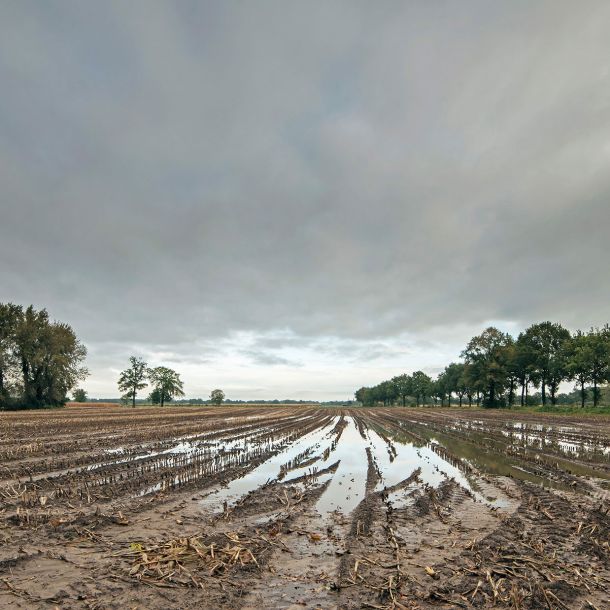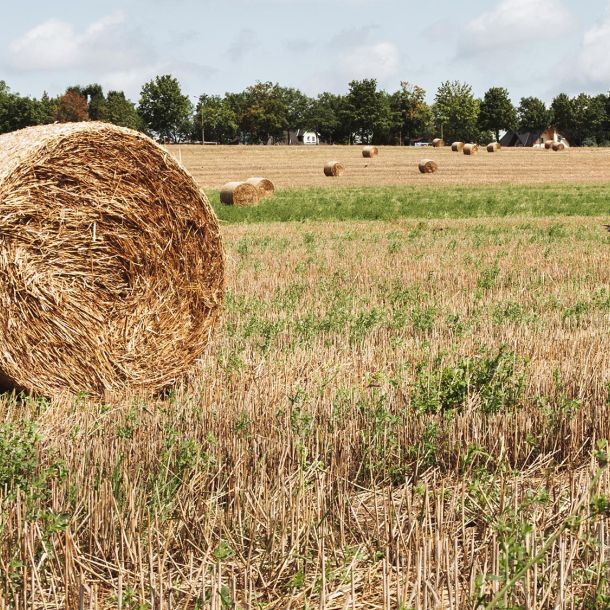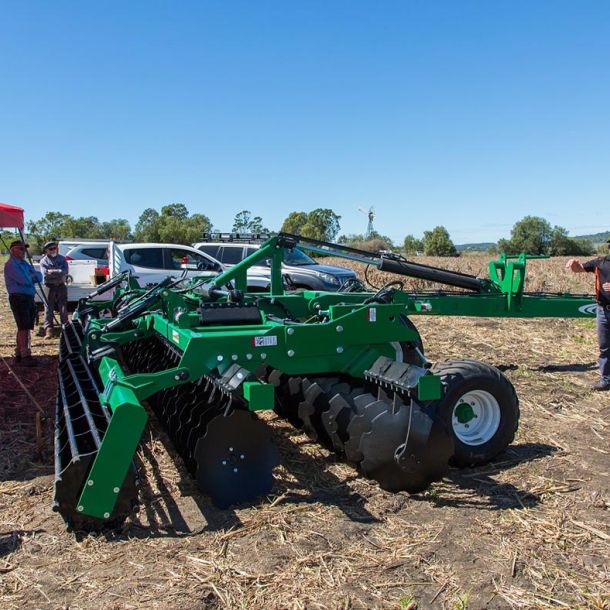Early Season Ryegrass Management
Every producer has harvest dreams of golden fields of ripened wheat swaying gently in the breeze. What no one wants to see are those golden fields marred by the tall, spindly seed heads of ryegrass peeking over the top of the wheat crop.
Combatting ryegrass infestations is serious business throughout Australia. The GRDC estimates herbicide-resistant ryegrasses and other weeds cause losses for producers of between AU$2.5-4.5 billion per annum. The International Herbicide-Resistant Weed Database ranks ryegrass (lolium rigidum) as the most resistant species based upon number of sites of action. With tough weeds like ryegrass, employing multiple modes of action (both cultural and mechanical, as well as chemical) across different parts of the plant’s germination, growth and propagation cycles is fundamental.
Draw Down The Seed Bank
One obvious cultural mode of action is seed and paddock hygiene – effectively stopping seeds before they start. A single ryegrass stand of less than 100 plants per square metre can produce over 45,000 seeds under ideal conditions. By not introducing new seeds (either from contaminated seed or equipment moved from paddock to paddock without cleaning), producers can give other modes of action more time to work, and against fewer plants.
Time The Tillage
The term “strategic tillage” gets bandied about quite frequently in a number of contexts, but when using tillage as a mechanical means to control ryegrass in pre-emergence, the strategy of the tillage – the timing in regards to weather and the ryegrass seed’s germination cycle, the proximity to sowing, the coordination with pre-emergent herbicide applications – is necessary to ensure its effectiveness. Using a K-Line Speedtiller to disrupt the plant’s growing cycle produces long-lasting effects on its ability to compete with the crops in the paddock.
A particularly troublesome characteristic of ryegrass seed is its ability to germinate at a wide range of depths. In university studies, ryegrass has germinated at depths as shallow as 5mm. It prefers germination depths of around 20mm but can germinate at depths 5x that deep. Ryegrass tends to lose germination viability at depths over 100mm, which means an early season deep tillage session followed by the application of a pre-emergent herbicide (sometimes called a “double knock”) can drastically reduce the number of viable seeds for germination in the impending growing season.
Teaming this approach with a fast-follow sowing pass with adequate seed density produces both a setback to ryegrass’ ability to germinate and an unfriendly, competitive growing environment that gives advantage to wheat and other cereal crops. The combination of modes of action both reduces the number of viable plants within the growing season, but also literally buries the seed bank, leaving fewer seeds to germinate in a much unfriendlier seed bed.
As with all things herbicide-resistance-related, producers must continue to be vigilant and play the long game. Ryegrass herbicide-resistance has skyrocketed in the forty years since the first resistant plants were found in WA and SA in 1982. It will take at least that many growing seasons to get the plants back under control, trialling solutions and determining the methodologies best suited to addressing the problem.
Keep at it!
References
-
[4]








